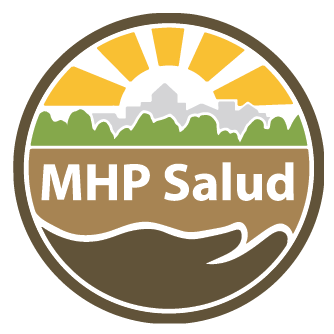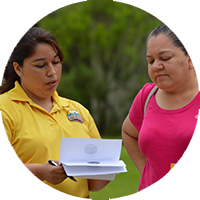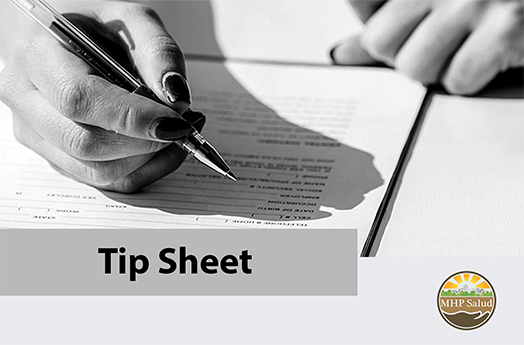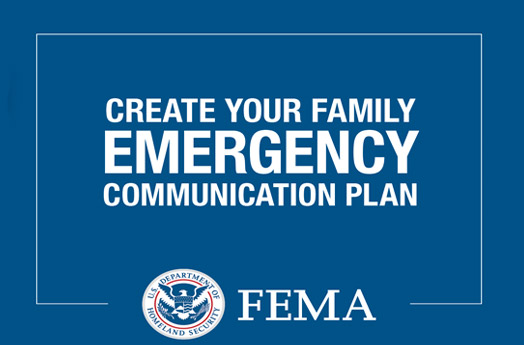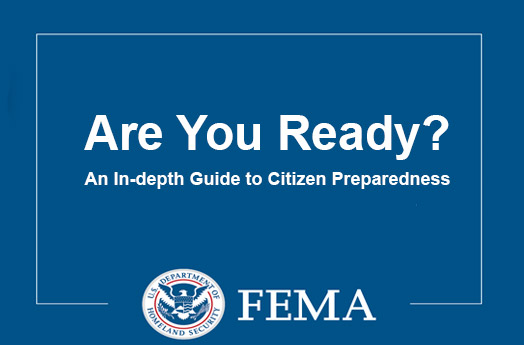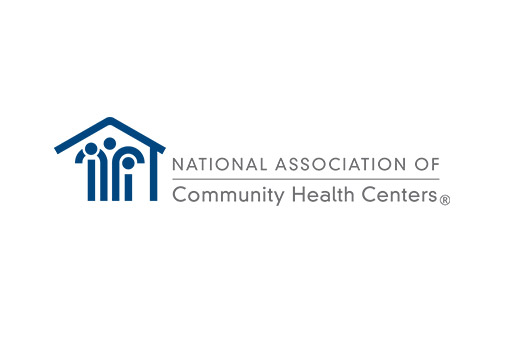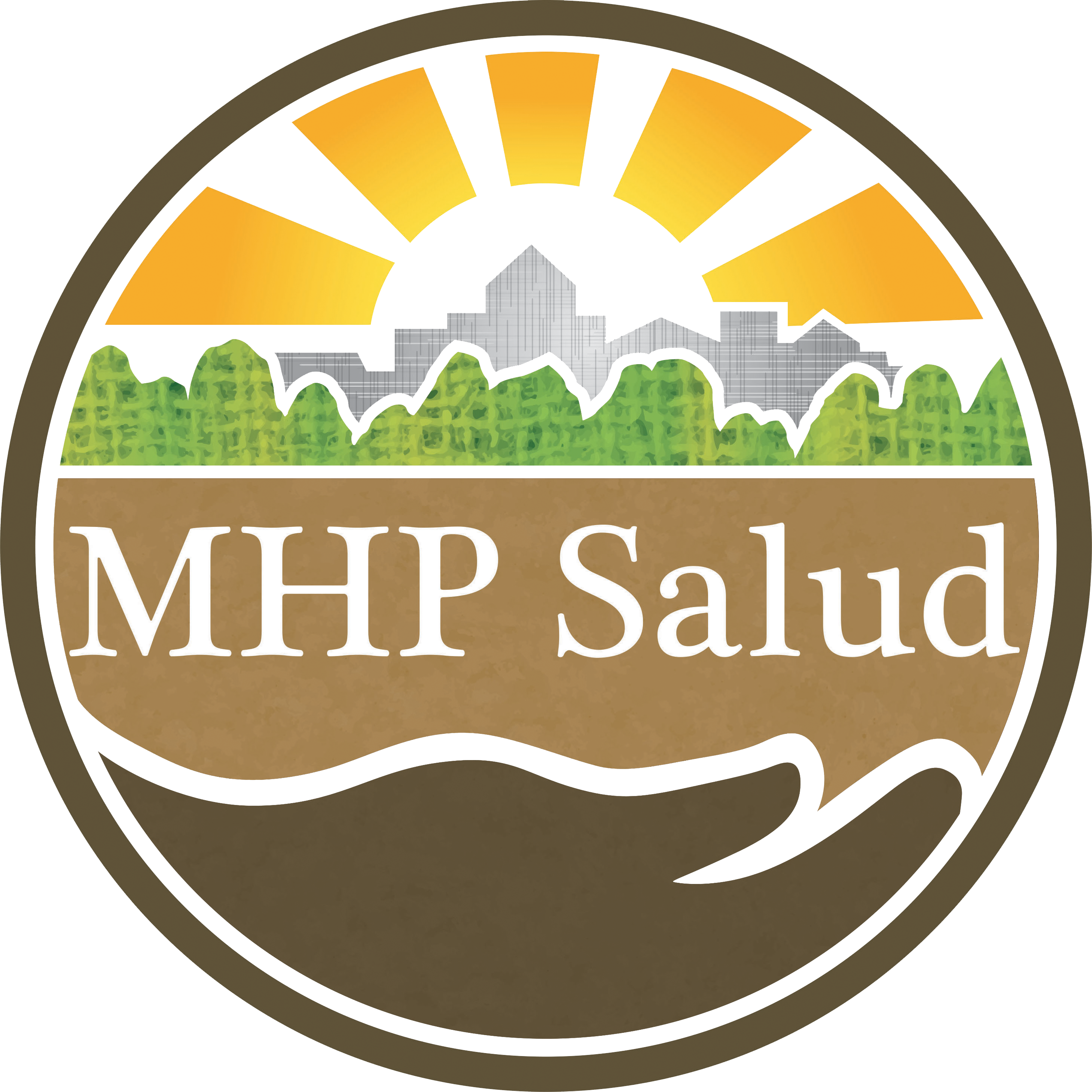La Esperanza Winter 2020 Edition

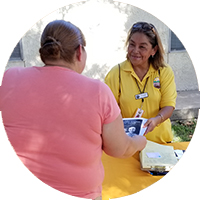


The Role of CHWs in Disaster/Emergency Preparedness and Response
Natural Disasters Can Affect Our Health
A natural disaster is defined as a sudden and terrible event in nature that usually results in serious damage and many deaths.8 Each region in the United States experiences some type of natural disaster, such as flooding, hurricanes, tornadoes, wildfires, droughts, volcanic eruptions, winter storms, or earthquakes. Recently, there have been several natural disasters in the United States: wildfires in California burned entire neighborhoods, while hurricanes Dorian, Harvey, Irma, and Maria struck The Bahamas and the East Coast, Texas, Florida, and Puerto Rico, respectively, leaving behind major wind and water destruction, as well as significant loss of life.
Each disaster or emergency comes with its own health risks. Downed trees from a tornado can lead to power outages; flooding from a hurricane can lead to people drowning or becoming stranded in their homes or has the potential to spread infectious diseases.6 Anyone can be affected by a natural disaster, but certain populations may be especially vulnerable to the negative health consequences they bring.
Communities whose health is most likely to be negatively affected by disasters include4:
- People with sensory impairment, mobility challenges, and mental health conditions1
- People dependent on medical devices and/or medications to survive1
- People living in poverty2 (who may not have the financial resources to leave in advance of an emergency or who might live in poor housing conditions)
- Individuals living in rural areas who are hard to reach and often isolated from services
- Children, the elderly, and pregnant women2
- Racial and ethnic minority groups4
- Women4 (women are often responsible for taking care of family members and are more likely to be unemployed and/or underpaid)
- People with little or no English language proficiency4
Because these communities are at an increased risk for negative consequences related to natural disasters, building the capacity of the community to prepare and respond to these situations is key to ensuring that the most vulnerable members are safe. Community Health Workers (CHWs) are community members who possess an intimate understanding of their community’s social networks, strengths, health needs, and vulnerable groups. Because of their unique position in the community, CHWs play an important role in disaster preparedness and relief.
What is the Role of a CHW Before, During, and After a Disaster?
CHWs can help people prepare for a disaster before it even happens; they build community resilience to be prepared to face a disaster. Because CHWs are trusted members of the communities they serve, they know how to connect with those who may experience more harm from a natural disaster. They also provide culturally appropriate information in the language the community speaks and presented in a way that people in the community understand. This can help minimize or even prevent health emergencies during and after a natural disaster. For example, CHWs can educate residents in a rural community on how to prepare an emergency kit or safety plan in the event of road closures or power outages.
During a disaster, CHWs can be very important in responding to people in crisis. CHWs know the vulnerable groups in their communities. The Centers for Disease Control and Prevention states, “One barrier faced by emergency managers trying to communicate and work with at-risk groups is distrust of the government. Working with existing, trusted sources in your community can help overcome this mistrust. People are more likely to listen and react when the message comes from a trusted source they view as credible.”4 Because CHWs are members of the community they serve, they can help identify higher risk groups and help ensure the community not only has access to information on the natural disaster, but that this information is also presented in a way that the community will understand and be able to act upon.
After a disaster has passed, there are lasting health consequences that can be seen in a community. Following hurricane Maria, many areas on the island of Puerto Rico were left without power, clean drinking water, or access to medical services for months. This contributed to many illnesses and deaths throughout the island.3 CHWs are invested in their communities and can help the community return to a sense of normalcy after a disaster occurs. They can accomplish this in many ways, including:
- Offering first aid, immunizations, and other primary health services, and serving as a first responder7
- Providing emotional support to the community (for example, helping people communicate with their families and addressing community trauma)
- Surveying community needs after a disaster3
- Reaching rural and isolated communities5
- Connecting community members with the relief and health services they need
CHWs are critical to disaster preparedness and response. Because CHWs know the communities they serve and have access to the most vulnerable groups, they can provide outreach and education about disaster preparedness and serve as a key part of an emergency response. MHP Salud’s “Including Outreach Workers and Community Health Workers in Health Center Emergency Preparedness and Management” tip sheet can be useful for Community Health Centers looking to utilize their CHWs for emergency preparedness.
References
- Vulnerable Populations – National Center for Disaster Preparedness. Retrieved October 11, 2019, from https://ncdp.columbia.edu/research/vulnerable-populations/
- Vulnerable groups. (2012, August 24). Retrieved October 11, 2019, from https://www.who.int/environmental_health_emergencies/vulnerable_groups/en/.
- Kishore, Nishant, et. Al. “Mortality in Puerto Rico after Hurricane Maria.” New England Journal of Medicine, vol. 379, no.2, Dec. 2018, pp. 162-170., doi:10.1056/nejmsa1803972.
- Centers for Disease Control and Prevention (CDC). Planning for an Emergency: Strategies for Identifying and Engaging At-Risk Groups. A guidance document for Emergency Managers: First edition. Atlanta (GA): CDC; 2015. https://www.cdc.gov/nceh/hsb/disaster/atriskguidance.pdf
https://emergency.cdc.gov/workbook/pdf/ph_workbookFINAL.pdf (pg. 27 CHW specific info)
- Centers for Disease Control and Prevention (CDC). Public Health Workbook – To Define, Locate, and Reach Special, Vulnerable, and At-risk Populations in an Emergency. Atlanta (GA): CDC; 2010. https://emergency.cdc.gov/workbook/pdf/ph_workbookFINAL.pdf
- Flooding and communicable diseases fact sheet. (2012, April 13). Retrieved October 11, 2019, from https://www.who.int/hac/techguidance/ems/flood_cds/en/.
- Community health workers – the first response in emergencies. (2014, June 10). Retrieved October 11, 2019, from https://www.who.int/features/2010/community_health_workers/en/.
- Natural Disaster. [n.d]. Merriam-Webster Online. In Merriam-Webster. Retrieved October 11, 2019, from https://www.merriam-webster.com/dictionary/natural%20disaster
Community Health Worker Testimonial
Arabella Bedrinana is a CHW at MHP Salud who previously worked as a CHW with Alamo Community Resource Center; Hidalgo County Precinct 2 in Texas. While she was there, the area experienced serious flooding and Arabella wanted to do something to help. She went door to door for two weeks handing out buckets full of cleaning supplies (donated from the Red Cross) containing bleach and other hygiene products to the homes of residents whose homes were affected by flood water.
“It was very difficult work, one had to be under the sun all day, sweating, there was a degradable smell in the air, and it was hard to see so many people suffering. We often can’t relate or understand what someone is going through unless we have gone through it ourselves and being out there witnessing the aftermath of a flood was a very eye-opening experience. Many people lost all their belongings including clothes, furniture, stoves, refrigerators, cars, and even important documents and were having to start completely start over from zero. It was sad to hear the stories of people who watched the flood waters rise and had to escape their homes in an inflatable raft leaving everything behind. We talked with elderly people who didn’t have anywhere to go whose homes were destroyed.
“It was heartwarming to see the community come together and support each other. Residents of homes that weren’t affected by flooding were pointing us in the direction of their neighbors who were in desperate need of supplies to make sure they were getting the necessary help. As a CHW and as a person it was a very gratifying experience to be able to minimize the pain that a person was experiencing. Connecting people with services via 211 and providing them with a bucket and a few cleaning supplies seemed like a small act, but it felt good to see people grateful for the items, be able to clean their homes, and have a place that was sanitary to reside in while they recovered.”
Arabella Bedrinana, Community Health Worker
Dinámica…
A dinámica is an activity or game with a specific purpose, such as to: get to know one another, learn new information, review what was learned, brainstorm new ideas or just get a group moving.
Stand Up Again!
Resources:
- Chairs
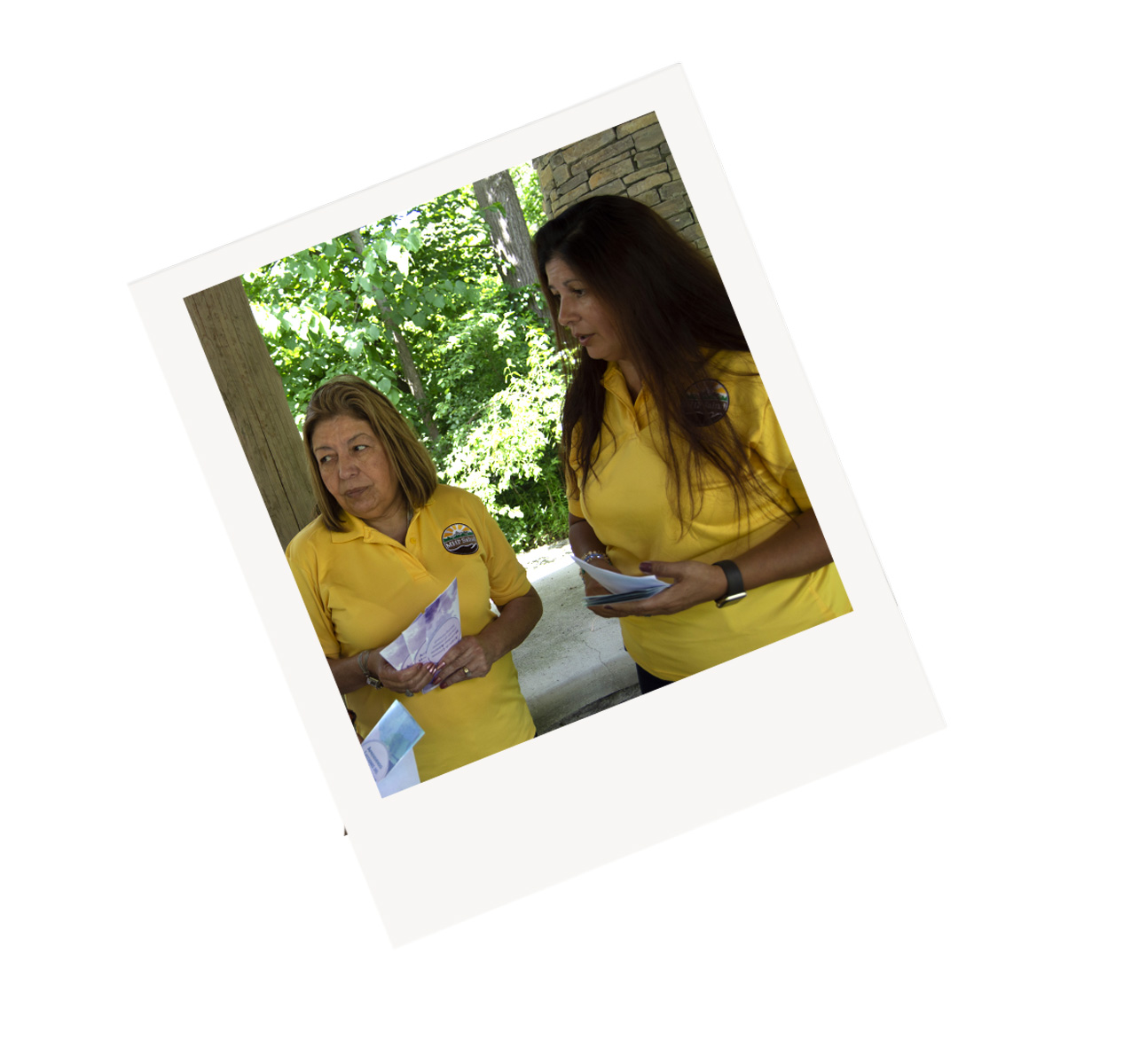
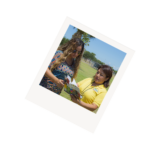
Duration:
Allow 5 minutes to get chairs organized into a circle. Make a list of statements that are related to the group or the topic of your training that start with the words “I think.” Read the list of statements one by one. After reading each statement, ask everyone who agrees with the statement to stand up. Wait a few seconds and then ask everyone to sit down. At the end of the session, ask if anyone feels differently about the topic now than they did at the beginning of the session.
Instructions:
- First, everyone please sit in a circle.
- Next, I’m going to read from a list of statements. After I read each statement, if you agree with the statement, stand up. It is OK if you do not know the answer, these are all topics that we are going to discuss today.
- (Wait a few seconds and then ask everyone to sit down). Now you may sit down.
- (After session is complete). Does anyone feel differently about the topic now than they did at the beginning of the session?
Sample questions for Disaster Preparedness
- Disasters occur all over the United States
- Natural disasters can affect people’s health for months after they occur
- I think I am prepared for a natural disaster
- I will not be affected by a natural disaster
- Mosquitoes can spread disease in my area
- Natural disasters only affect people in rural areas
- Natural disasters can be more harmful to minority groups
This dinámica is meant to get participants energized and thinking about the topic for the session that day. It can also be used at the end of the session as a fun way to review what was learned and discussed. It is common for participants to change whether they agree or disagree with a statement after they have learned more about the topic.
Resources
MHP Salud and Health Outreach Partners created this tip sheet to provide health centers with information on how CHWs can support emergency management. This tool reviews the three basic emergency management expectations for Health Centers: emergency management planning, linkages and collaborations, and communications and information sharing. To download this resource, visit here.
This checklist was created by FEMA to help the average person have a plan in place for everyone to be able to communicate in advance of an emergency. During a disaster, communication networks may be disrupted; this tool will help families plan in advance to know what to do and how to communicate with each other. There are plans specifically made for adults and children. To download the full tool, visit here. Follow individual links for kids and parents.
This guide was created by FEMA for dissemination to the general public. It has educational emergency information to help people protect themselves and their families against hazards that may come with a natural disaster or emergency. To download this resource, visit here.
CDC Center for Preparedness and Response’s Prepare Your Health website offers resources, tools, and education to individuals and communities to take action and be prepared for an emergency. This website not only provides information on preparing for an emergency, but it also offers guidance on how to recover from emergencies of all types. For more information visit here.
National Association of Community Health Centers’ website offers emergency management information, resources, and training to help health centers plan for an emergency. For more information, visit here.
SAVE THE DATES
2020 Western Forum for Migrant and Community Health
February 19-21, 2020, Sacramento, CA
2020 Conference for Agricultural Worker Health
May 19-21, 2020, Clearwater, FL
Is your organization interested in starting or strengthening a CHW program? Click here to see how we can help you.
HRSA Disclaimer
This project was supported by the Health Resources and Services Administration (HRSA) of the U.S. Department of Health and Human Services (HHS) under cooperative agreement number U30CS09744, Technical Assistance to Community and Migrant Health Centers and Homeless for $617,235.00 with 0% of the total NCA project financed with non-federal sources. This information or content and conclusions are those of the author and should not be construed as the official position or policy of, nor should any endorsements be inferred by HRSA, HHS or the U.S. Government.
MHP Salud Disclaimer
All content found in MHP Salud materials, including websites, printed materials, photos, graphics or electronic content, unless otherwise cited, credited or referenced, were created by MHP Salud and are the organization’s intellectual property. As such, they are not to be used without the permission of MHP Salud and, if permission is granted, is to be cited appropriately with name and/or logo as designated by the permission granted by MHP Salud in addition to any other condition listed in permission.
